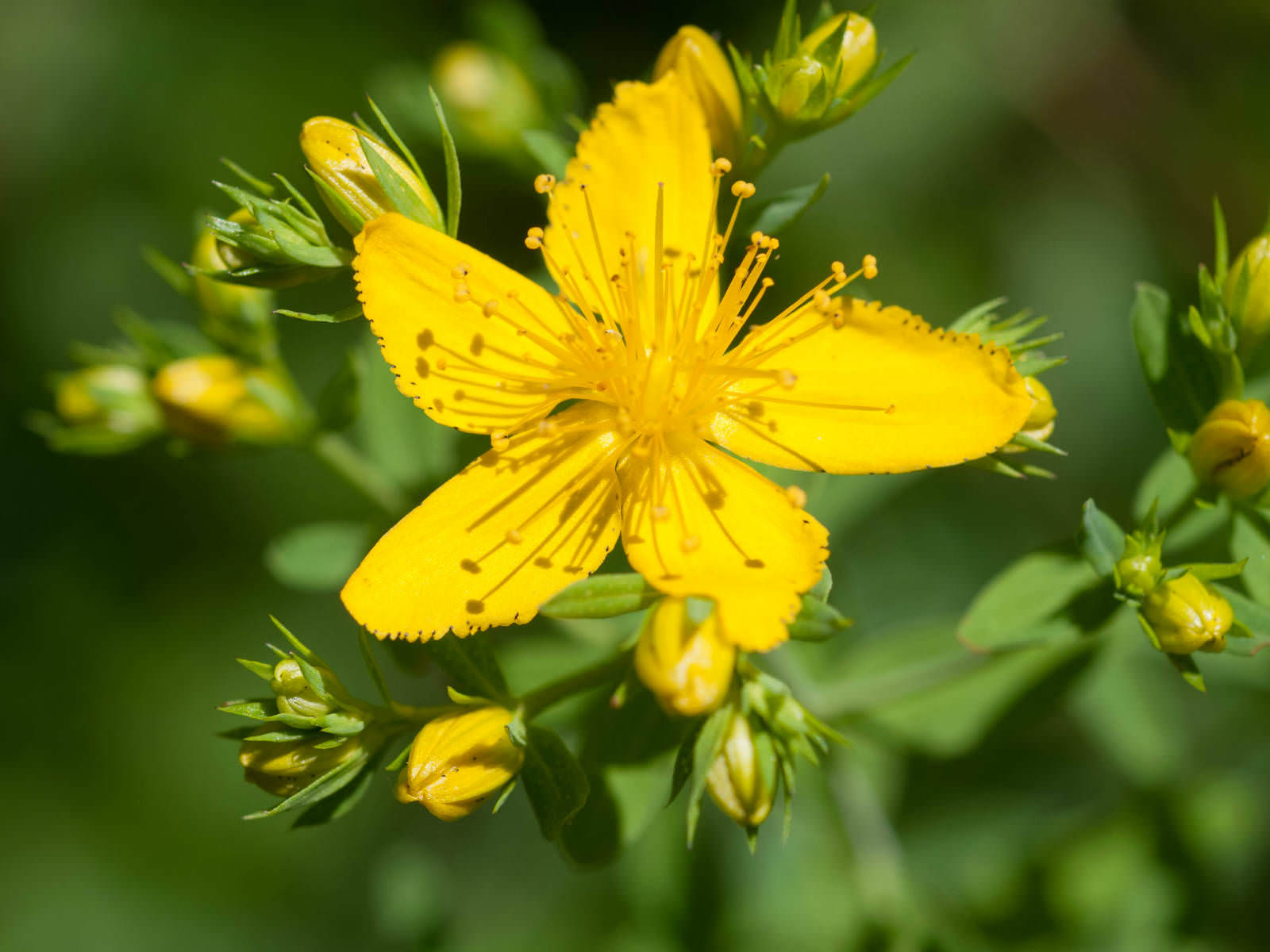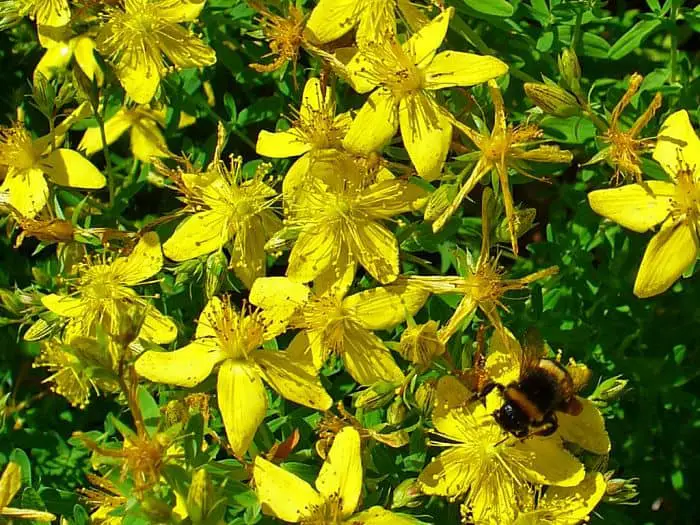Unlocking the Secrets of St John’s Wort
St John’s Wort, a herb with a rich history, has been used for centuries to promote mental well-being and alleviate symptoms of stress. Its botanical name, Hypericum perforatum, is a testament to its unique characteristics, which have made it a popular natural remedy for anxiety and depression. Native to Europe and Asia, St John’s Wort has adapted to thrive in various environments, making it an ideal choice for gardeners and indoor growers alike. As interest in natural remedies continues to grow, learning how to grow St John’s Wort has become increasingly important. By understanding the basics of this herb, individuals can harness its benefits and enjoy a healthier, happier lifestyle.
Choosing the Right Environment for Your St John’s Wort
When it comes to growing St John’s Wort, selecting the right environment is crucial for optimal growth and development. This herb thrives in temperate climates with moderate temperatures, typically between 65°F to 75°F (18°C to 24°C). It also requires well-draining soil and full sun to partial shade, making it an ideal choice for gardens with varying levels of sunlight. To replicate these conditions in your garden or indoor space, consider the following tips: choose a location with good air circulation to prevent fungal diseases, and ensure the soil is rich in organic matter to promote healthy root growth. By mimicking the natural habitat of St John’s Wort, you can create an ideal environment for your plant to flourish. Learning how to grow St John’s Wort requires attention to these details, and with the right conditions, you can enjoy a bountiful harvest of this valuable herb.
Preparing the Soil for Optimal Growth
Soil quality plays a vital role in the growth and development of St John’s Wort. To create an ideal environment for your plant, it’s essential to prepare the soil properly. St John’s Wort prefers well-draining soil with a pH level between 6.0 and 7.0. To achieve this, mix in organic matter such as compost or manure to improve soil structure and fertility. Additionally, consider adding perlite or vermiculite to enhance drainage and prevent waterlogged soil. When learning how to grow St John’s Wort, it’s crucial to remember that this herb is sensitive to extreme pH levels, so avoid using acidic or alkaline fertilizers. By preparing the soil correctly, you can provide your St John’s Wort plant with the necessary nutrients for healthy growth and development.
Sowing St John’s Wort Seeds: A Step-by-Step Guide
When it comes to learning how to grow St John’s Wort, sowing seeds is a crucial step. To ensure successful germination, follow these steps: Start by preparing the soil as described earlier. Then, sow St John’s Wort seeds in the early spring or fall, when the weather is mild. Plant the seeds 1/8 inch deep and 12-18 inches apart. Water the soil gently but thoroughly after planting. Keep the soil consistently moist during the first few weeks after sowing. It’s essential to provide adequate spacing to allow for proper air circulation and growth. By following these steps, you can increase the chances of successful germination and give your St John’s Wort plant a strong start. Remember, understanding how to grow St John’s Wort requires attention to detail, and sowing seeds is just the beginning.
Nurturing Your St John’s Wort: Watering, Fertilizing, and Pruning
To ensure the healthy growth of your St John’s Wort plant, it’s essential to provide proper care. Watering is a crucial aspect of how to grow St John’s Wort, as the plant requires consistent moisture, especially during the first year after planting. Water your St John’s Wort plant deeply once or twice a week, depending on weather conditions. Fertilization is also necessary to promote healthy growth. Use a balanced fertilizer with a ratio of 10-10-10 (nitrogen-phosphorus-potassium) and apply it according to the manufacturer’s instructions. Pruning is another vital aspect of St John’s Wort care. Prune your plant regularly to maintain its shape, promote bushy growth, and encourage blooming. Remove any dead or damaged branches, and cut back the plant by about one-third in the late winter or early spring. By following these care tips, you can create an ideal environment for your St John’s Wort plant to thrive.
Common Pests and Diseases: Identification and Control
When learning how to grow St John’s Wort, it’s essential to be aware of common pests and diseases that can affect the plant. Aphids, whiteflies, and spider mites are common pests that can infest St John’s Wort, causing damage to the leaves and stems. To control these pests, use organic methods such as neem oil or insecticidal soap. For more severe infestations, chemical pesticides may be necessary. Root rot, leaf spot, and powdery mildew are common diseases that can affect St John’s Wort. These diseases are often caused by overwatering, poor air circulation, and high humidity. To prevent these diseases, ensure good air circulation around the plant, avoid overwatering, and remove any infected leaves or stems. By being aware of these common pests and diseases, you can take proactive steps to protect your St John’s Wort plant and ensure its healthy growth.
Harvesting and Drying St John’s Wort for Medicinal Use
When learning how to grow St John’s Wort, it’s essential to understand the best practices for harvesting and drying the plant for medicinal purposes. The optimal time for harvesting St John’s Wort is during the summer months when the flowers are in full bloom. Cut off the top third of the plant, leaving the lower stems intact to allow for regrowth. To dry St John’s Wort, tie the cut stems in small bunches and hang them upside down in a warm, dry, dark place with good air circulation. Alternatively, you can use a food dehydrator or oven on a low temperature setting to dry the plant. Once the plant is dry, store it in airtight containers to preserve its medicinal properties. It’s essential to follow proper harvesting and drying techniques to ensure the quality and potency of the plant for medicinal use. By following these guidelines, you can enjoy the benefits of homegrown St John’s Wort for anxiety and depression relief.
Tips and Variations for Growing St John’s Wort
When learning how to grow St John’s Wort, it’s essential to consider various tips and variations to optimize its growth and medicinal properties. One innovative approach is companion planting, where St John’s Wort is paired with other herbs like chamomile and lemon balm to create a calming and soothing garden atmosphere. Container gardening is another option, allowing for greater control over soil quality and light exposure. St John’s Wort can also be used as a ground cover, providing a natural and attractive alternative to traditional landscaping options. Additionally, consider growing St John’s Wort in a polyculture, where multiple plants are grown together to promote biodiversity and reduce pests and diseases. By incorporating these tips and variations into your St John’s Wort growing routine, you can enhance its medicinal properties and create a unique and thriving garden ecosystem.


:max_bytes(150000):strip_icc()/st-johns-wort-plant-profile-4772327-04-ec8172ec9172429d829f65356da823f7.jpg)



/st-johns-wort-plant-profile-4772327-04-ec8172ec9172429d829f65356da823f7.jpg)
:max_bytes(150000):strip_icc()/st-johns-wort-plant-profile-4772327-07-9002205554ae4ae7973e45b1525756df.jpg)
